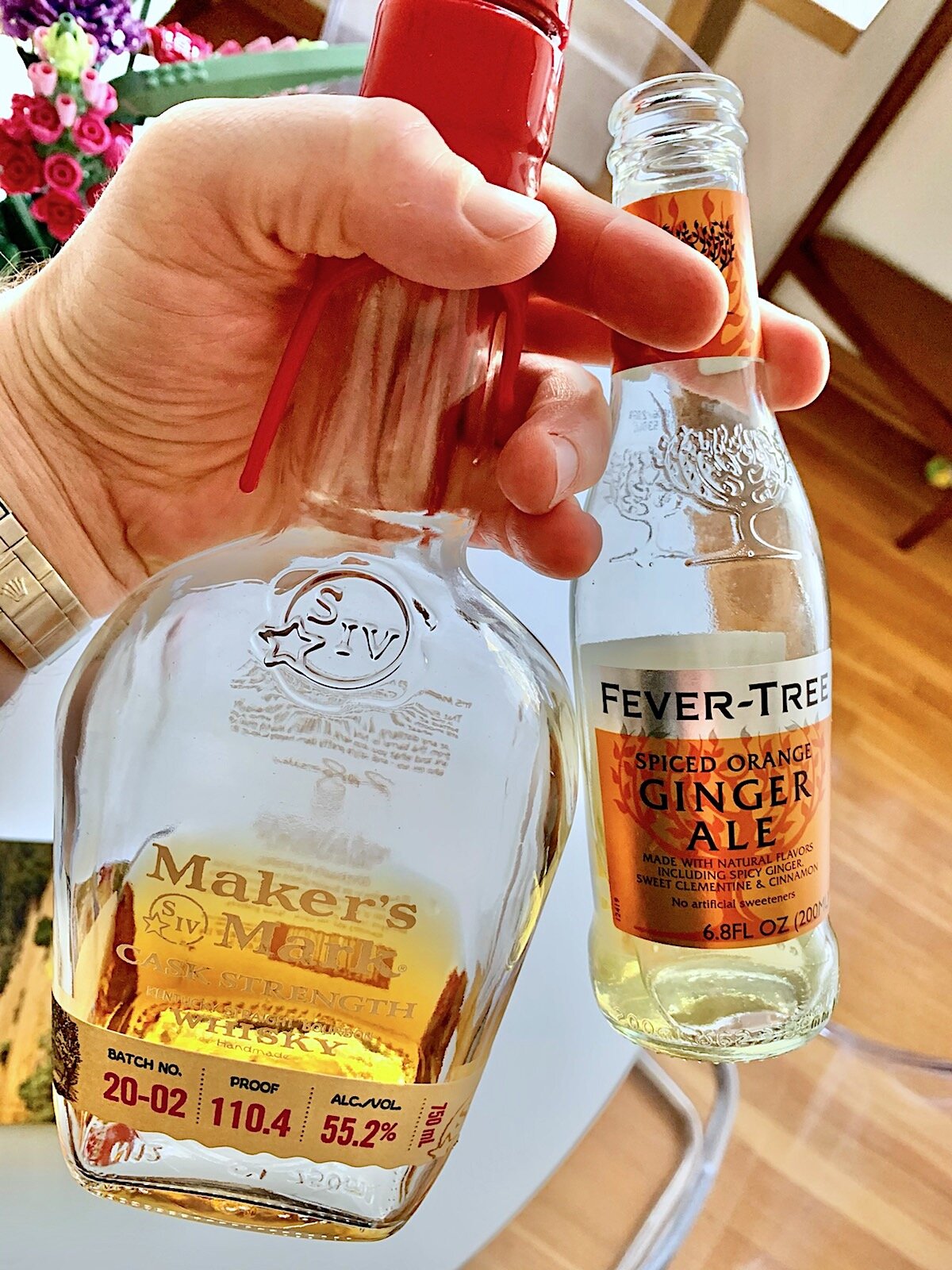I’ve had to re-establish a number of old relationships in a relatively short period of time since joining Mission. “Hey, I’m back in retail. Let’s do some business!”
Which always begs the question: If you love retail so much, why did you decide to get out back in 2018?
They’re asking because they think it was industry-related, mind you; not because they’re interested in my own personal journey or motivations. Maybe I knew an important detail about where business is headed and made an economically strategic decision.
But I didn’t leave K&L back in 2018 because of any conflict, or job forecasting, or any downturn in my career. I left because I had lost my passion for this business.
Why did retail stop being fun, you ask? Because of automation.
It turns out you can make a lot more money by mining for Parker points than advocating for products you believe in. That’s where our industry is heading: algorithms that crunch 90+ point Wine Spectator scores for less than $30, and auto-generate marketing emails. In today’s web-based retail world, the business that can best automate the advertising of alcohol into an easily digestible and computable format is the one that wins. The proof is in the pudding.
But when an algorithm based on numerical scores starts to render your personal relationships obsolete, it takes the fun out of working with wine and spirits. I’m someone who has always believed in the human element of retail and the passion of people to sell a product, so the chance to come back and do it that way at Mission was too much to resist.
But there’s been one major hurdle to my relationship building since I took the reins as sales manager this past November—one that stands as a stark contrast to my customer service beliefs, and that represents the opposite end of the automation spectrum. Regardless of whether you have zero automation or full automation of your sales model, there are always bottles that fall into a grey area in terms of their distribution. You all know what I’m talking about: Pappy, Stagg, Blanton’s, etc. These bottles require extra work because of how sensitive they have become for today’s consumers.
Because of the extra work, the public distribution of these bottles is often done by retailers in one of two ways: automated release or marked-up prices.
If you automate a fair sales process for these bottles, people get pissed because they’re not as tech savvy as the faster customers and they miss out time and time again. Why would you give this type of retailer your money if they can’t look out for you now and then? Do they not care about your relationship as a consumer? There’s no loyalty. The fastest fingers win.
If you take the even lazier route and mark the prices up based on demand, you make more people even more angry! Why give someone your money who just takes advantage of the short market, rather than rewarding you for your business? If they’re gouging you on Blanton’s, what else might they be gouging you on? There’s no trust. The highest bidder wins.
As with most solutions in life, the answer lies in the middle: you interject a human element to the sales model that takes into consideration the customer and the situation.
The problem with my customer service sales model is that:
It takes extra work
It can’t be automated
In order to fairly distribute your best and rarest bottles of Bourbon, you need to know your customers. That means spending time looking at their sales histories, getting to know their interests via email, communicating with them personally when you can or can’t help them out, and then explaining the circumstances so that they understand they are still valued customers even if you can’t get them a bottle of Pappy this time around.
Like I said, this way of doing business takes a lot of extra effort, but you do it because you want to. You do it because you know it’s the right thing to do as a human looking out for other humans. At Mission, there’s never been a process for this type of customer outreach; hence historically we’ve sold these whiskies at prices that reflect the modern supply and demand. As a result, we’ve garnered a negative reputation among Bourbon consumers who don’t trust our prices or our policies (even when 99% of our other prices are more than competitive and fair). And we’ve deserved it.
No retailer will ever convince consumers they have their best interests at heart until they can prove it across the board. That’s why you’re going to see some drastic changes happening in the near future with how we price, sell, and allocate these rare whiskies. If you’re interested in knowing more about how we plan on doing that, I’d put your name and email into the box on the right side of this blog and sign up for my insider email list.
This is the last hurdle for us to clear. After this, it’s time to sprint.
-David Driscoll








